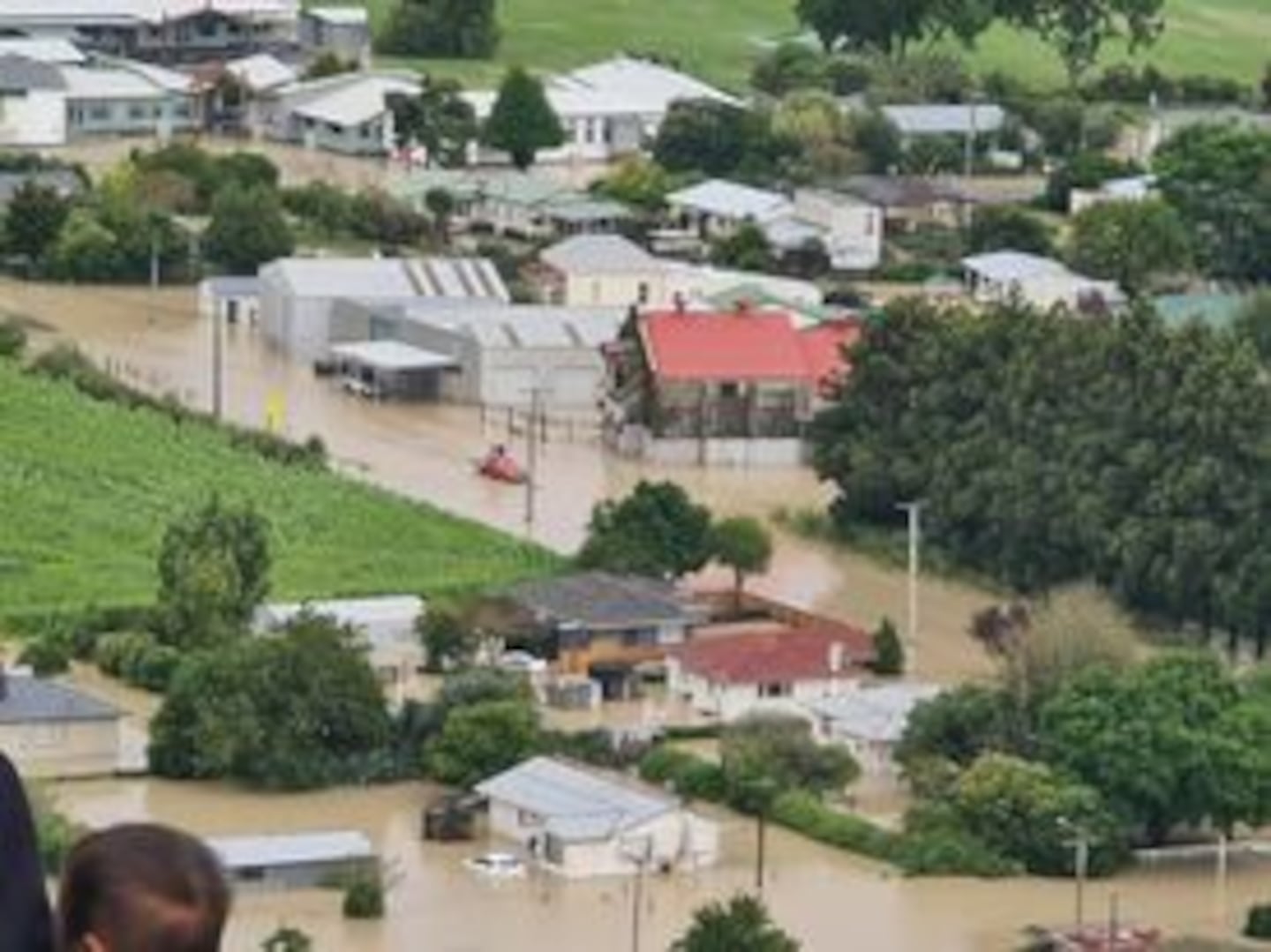Te Tai Rāwhiti and Hawke’s Bay communities will continue to be supported as the recovery from last year’s severe weather events drags on.
Emergency Management and Recovery Minister Mark Mitchell and Transport Minister Simeon Brown have secured $1 billion in this year’s budget to help with fund projects and initiatives in the region, with more than $900 million of that going to Waka Kotahi and local councils to help rebuild the state highway network and local roads.
“Investing in the recovery of our road networks to modern standards is critical to restoring vital access to goods, services, and employment opportunities for affected communities across the North Island,” Brown says.
“We’re committed to the recovery effort, and a key part of this will be restoring vital transport links across the region as part of our plan to get people and freight to where they want to go, quickly and safely.”
The funding will be accompanied by a targeted fund that will build resilience among communities hardest hit by Cyclone Gabrielle and the Auckland Anniversary weekend floods.
Although the amount of money was not released, with ministers citing ‘commercial sensitivity’, it will see the restoration of whenua Māori, marae and “other cultural assets”. Another $28 million will be set aside to fund the Temporary Accommodation Service that supports households still displaced as a result of flood and cyclone damage.
“To rebuild our economy for all New Zealanders, we need to invest in the communities that were affected. The funding we have announced today will help deliver tangible results for the people of Hawke’s Bay and Te Tai Rāwhiti as they continue with their recovery,” Mitchell says.
Speaking ahead of the Hui Taumata tomorrow, Ngāti Kahungunu chair Bayden Barber says Ōmāhu Marae, which is hosting the summit, is an example of a community still needing assistance.
“Mēnā ka haere a whea noa i tēnei hapori ngā whare iti. Ko ngā whare tūturu kei te raruraru tonu, nō reira kei te noho whare iti tonu rātou katoa. Nō reira, ahakoa te nui o te pūtea kua pau ki tēnei takiwā e hia noa atu te pūtea e tika ana kia whakatikaina tēnei hapori. Ko tāku noa ki te kāwanatanga, me aro nui noa atu mai ki a Ngāti Kahungunu, otirā Te Tai Rāwhiti, ngā mea kei te raru tonu.”
No matter where we look here [in Ōmāhu] there are tiny temporary homes. The original, main homes are still damaged, so yeah, they are still living in temporary accommodation. So no matter how much money has already been allocated in the past, we still need more money to help our whānau. I urge the government to keep helping us out here in Ngāti Kahungunu and the East Coast that is still suffering.
The targeted funding for marae and whenua Māori is slightly out of kilter with what the government has previously said around a forming a budget on need and not race. However, Barber says it can not be that simple.
“If you look at Cyclone Gabrielle, all communities were impacted but those that were worse off, and are still worse off are Māori communities - Ōmahu, Waiohiki, Te Wairoa. So it’s hard to overlook the fact that Māori are the most unemployed, have the worst homes and are undereducated. So if they want to look at where the need is, the need is within our communities.”
Regional Development Minister Shane Jones said while a dedicated fund was set up to help Hawke’s Bay and Te Tai Rāwhiti regions, help was also on the way for Northland and other parts of the country affected by last year’s storms.
“There will be some immediate allocations, once the paperwork is tidied up, to the Kaipara, some to the far north - not very far from Kaitāia and a host of other areas around the motu. Eventually that will be a sum of $200 million.
“Maybe it doesn’t have a moko on it but, take it from me, it protects Māori land, in some cases marae and it’s a practical response to the fact that there is a lot of volatility in the mind, heart and actions of the gods of weather.”


